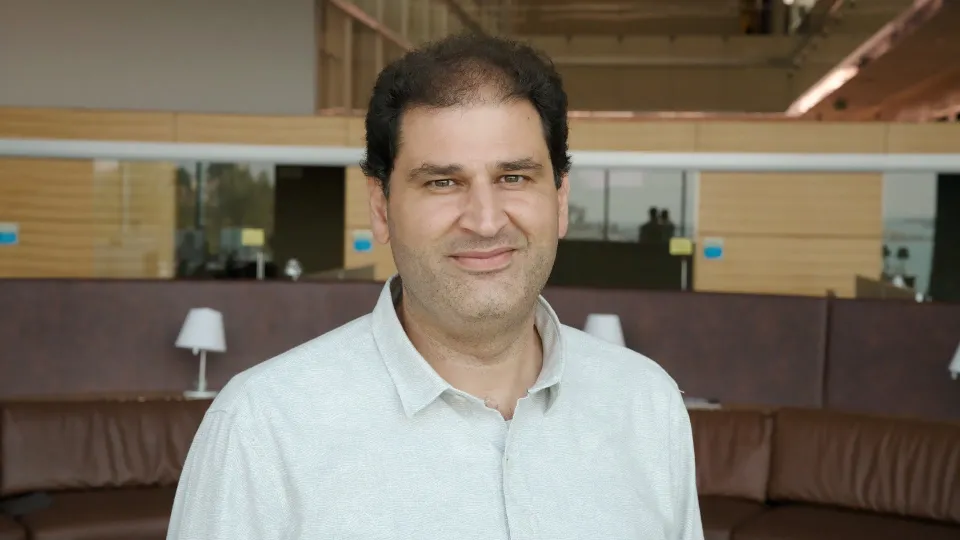
Paving the Way for Next Generation Wireless Data Center Networks
As big data, articial intelligence, cloud services, cellular infrastructure, content delivery; all of which entail interconnected and sophisticated computing and storage resources. Recent studies on traditional data center networks (DCNs) revealed two key challenges: a biased distribution of inter-rack trac, and unidentied ow multi-classes best known as delay sensitive mice ow (MF) and throughput-hungry elephant ow (EF).
Overview
Abstract:
As big data, artificial intelligence, cloud services, cellular infrastructure, content delivery; all of which entail interconnected and sophisticated computing and storage resources. Recent studies on traditional data center networks (DCNs) revealed two key challenges: a biased distribution of inter-rack trac, and unidentied ow multi-classes best known as delay sensitive mice ow (MF) and throughput-hungry elephant ow (EF). Unfortu-nately, existing DCN topologies support only uniform distribution of capacities, provide limited bandwidth exibilities, and lack an efficient ow classication mechanism.
Wireless DCs can leverage the state-of-art wireless communication technologies, such as multi-terabit free-space optics (FSO), to provide exible and re-congurable DCN topologies. In this thesis, we mitigate the cabling complexity by replacing cables with
FSO links, alleviate the bandwidth inefficiency by exibly allocating the transmission powers to adapt link capacity for dynamically changing trac conditions, as well as reduce the maintenance costs and overhead.
While routing the two classes along the same path causes performance degradation, the DC researchers proposed tracanagement solutions to treat the ow classes separately.
However, the proposed solutions either suffer from packet reordering and high queuing delays, or lack of accurate visibility and estimation on end-to-end path status which leads to opportunistic rerouting. Alternatively, in this thesis, we leverage wavelength division multiplexing (WDM) to design elastic network topologies (i.e., part of the wavelengths are assigned to route MFs and the remaining wavelengths for EFs). Since bandwidth demands of ows can be much lower than the available capacity of WDM channels, we use Trac Grooming (TG) to aggregate multiple ows into a larger ow and to enhance the link utilization. Accordingly, the ows from the same class that are routed to the same rack are groomed into larger rack-to-rack ow over the assigned wavelengths whose routes and capacities are jointly determined, while taking the load balancing into account.
With the continuations of this thesis that spans from the wavelength assignment, trac classication, and topological trac grooming, we pave the way for a deployment of a wireless data center networks that operates efficiency and reliably.
Brief Biography:
Amer AlGhadhban is a Ph.D Student at Electrical Engineering department in the Computer, Electrical and Mathematical Sciences & Engineering (CEMSE) Division at King Abdullah University of Science and Technology (KAUST). He obtained both of his degrees B.S. and M.Sc. in Computer Engineering from King Fahd University of Petroleum and Minerals (KFUPM). He was a Cisco Academy instructor and during that he earned multiple professional certificates: Cisco Certified Network Associate (CCNA), Cisco wireless, SANS-GIAC Certified Firewall Analyst (GCFW-Gold), Certified Ethical Hacker (CEH), Security Certified Network Engineer (SCNP), and SANS local mentor. His research interests span over multiple areas in networked systems and security.

